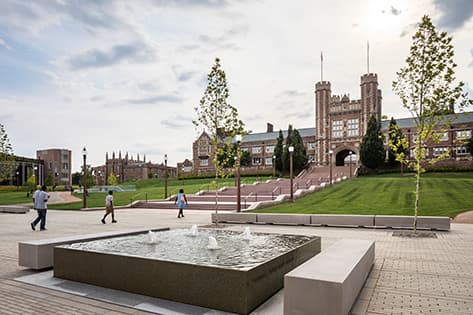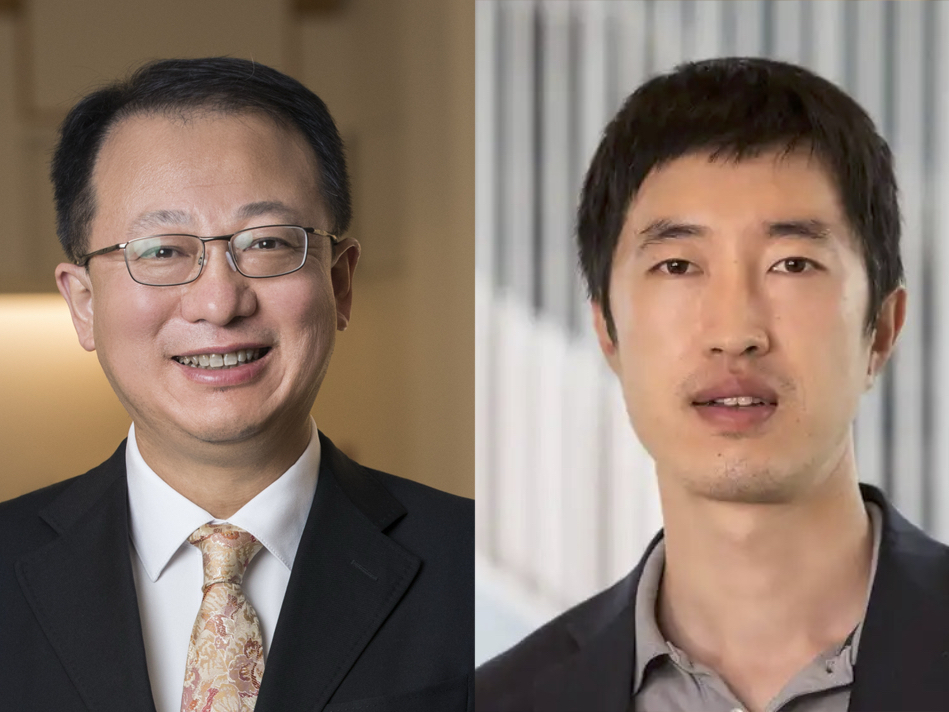Sorrells receives NIH Director’s Early Independence Award
The five-year award will fund her research into inflammatory bowel disease

Inflammatory bowel disease (IBD) is a chronic gastrointestinal disorder affecting up to 3.1 million people in the United States and is associated with an elevated risk of colorectal cancer. Despite progress in understanding IBD’s underlying biology, there are significant gaps in the knowledge of how host cells and intestinal microbes interact in real time within the intestinal microenvironment.
A five-year, $1.25 million National Institutes of Health (NIH) grant aims to change that. Janet Sorrells, assistant professor of electrical & systems engineering in the Preston M. Green Department of Electrical & Systems Engineering at in the McKelvey School of Engineering at Washington University in St. Louis, has been awarded the NIH Director’s Early Independence Award to take on this challenge. The award, one of the agency’s most competitive, allows young investigators to begin independent research directly after graduate training.
With this support, Sorrells is developing an integrated optical imaging platform that can observe the intestinal microenvironment in mice with unprecedented spatial and temporal resolution.
The obstacle is technical: Most laboratory methods either rely on bulk analysis of extracted tissue, which eliminates spatial context, or use imaging techniques that cannot achieve both the resolution and speed needed to capture microbial behavior and host metabolism in vivo.
“There are many methods to get functional, biochemical and structural contrasts, but a lot of these methods are plagued by long acquisition time and difficult acquisition parameters,” Sorrells explains.
“We lose the ability to look at complicated dynamics that happen on the seconds scale within biological systems, and we also lose the ability to get higher throughput of larger areas,” she said. “One of the goals of this grant is to develop a new method for label-free super-resolution with nonlinear optical microscopy.”
Sorrells’ label-free approach ensures that the measurements reflect native physiology rather than an experimental artifact.
“We don’t have to add any dyes or agents or have any fluorescent proteins expressed”, she said. “We can just use what is already present in any biological tissue, whether that’s collagen or auto-fluorescent molecules.”
To capture metabolism directly, the method takes advantage of autofluorescence from naturally occurring coenzymes. These molecules are core components of metabolic pathways in both host and microbial cells.
To extend chemical detail, Sorrells incorporates hyperspectral coherent Raman scattering microscopy, which identifies molecular vibrations to reveal lipids, metabolites and microbial components that fluorescence cannot resolve.
“We are hoping we can apply our new super-resolution method to push contrasts to better resolution and be able to observe single-bacteria cells,” Sorells said.
“The application is to look at the in vivo gut microbiome, looking at spatial and temporal heterogeneity and dynamics of both bacteria and host cells,” she said. “Seeing how those cell types are interacting over time and looking at how that changes spatially to better understand the many different factors at play in the gut microbiome. The ability to look at live bacteria-host interactions will allow us to understand both healthy and diseased states.”
Combining metabolic, biochemical and structural imaging in vivo, the platform establishes a framework for understanding how metabolism, microbial activity and tissue architecture interact to drive disease progression.
While the immediate focus is on IBD, the implications of this technology extend beyond a single disease, Sorrells said. The ability to observe dynamic biochemical interactions in living tissue opens doors for studying other complex tissue microenvironments, including those relevant to cancer, infection and autoimmune disorders.
“I feel extremely lucky to receive this award, because to me, nonlinear optical microscopy is the coolest thing in the world,” Sorrells said. “But if I think about the possibility that the work we do in my lab can end up helping someone one day – whether we learn more about disease states, or we can study different treatments, or we develop a method that somebody else uses to make a good discovery – if our work can have a positive impact on science and health and other people, that is such a huge motivating and inspiring factor.”



